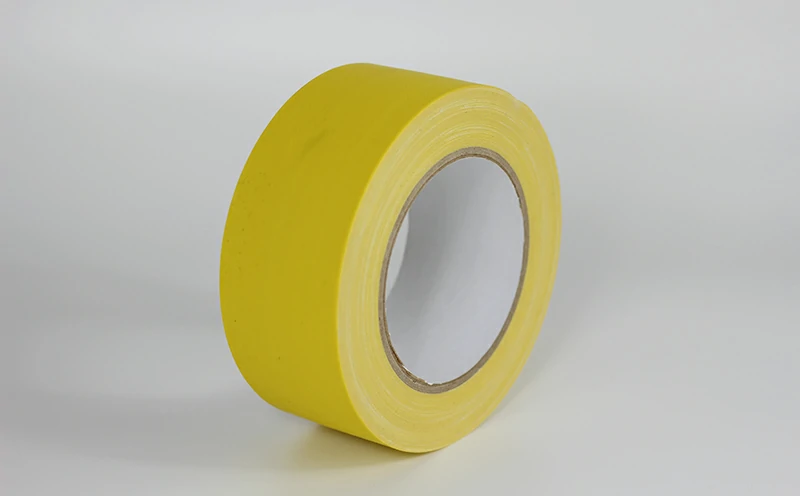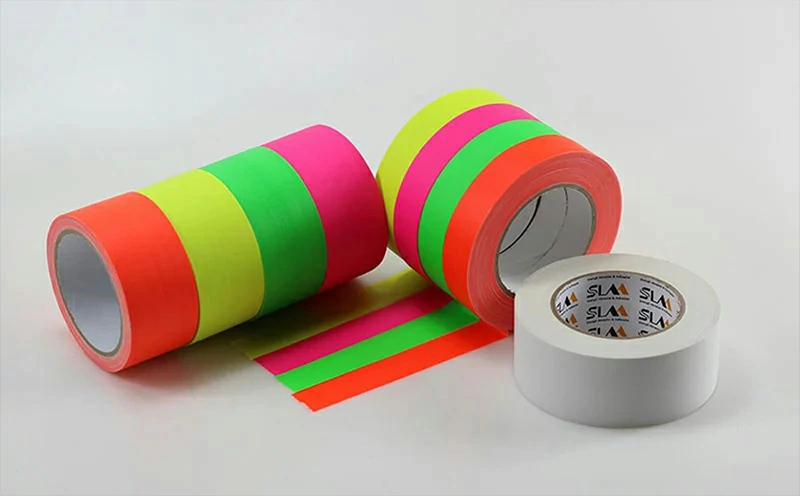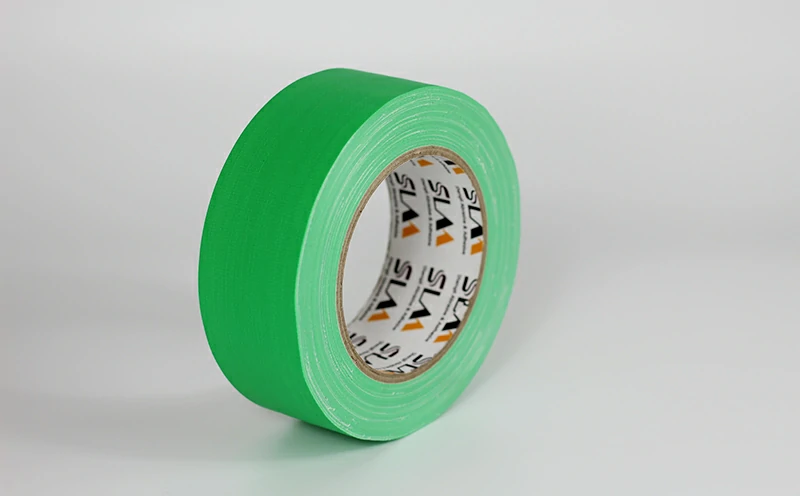Yes, you can use gaffer's tape for book binding. Gaffer's tape is a single-faced adhesive tape of polyethylene (PE) laminated spun rayon cloth backing which is coated by rubber pressure-sensitive adhesive (PSA). It is a strong, durable, and flexible tape that is commonly used in the entertainment industry for securing cables and other equipment. It has a cloth backing with a strong adhesive, making it suitable for a variety of applications, including bookbinding.
Pros of Using Gaffers Tape for Book Binding:
Temporary Repairs: For quick, non-permanent repairs to tears or minor spine damage, gaffer tape can offer a temporary fix.
Strong Adhesion: Gaffers tape has good adhesive strength, which can help hold repairs together.
Easy to Find: Gaffers tape is a readily available material at most hardware or film stores.
Cons of Using Gaffers Tape for Book Binding:
Not Archival-Quality: Gaffers tape is not an archival-quality material, meaning it can deteriorate over time and potentially damage the book. The adhesive may become brittle or crack, and the tape itself may discolor the paper.
Limited Longevity: Gaffers tape may not adhere well to book materials long-term, especially with exposure to heat, light, or humidity.
Aesthetics: Gaffers tape usually has a shiny finish, which may not be aesthetically pleasing on a book.
When to Use Gaffers Tape:
Temporary Repairs: If you need a quick fix for a minor tear or split in a book that you don't plan to keep for a long time, then gaffer tape might be a suitable temporary solution.
Reinforcing Spines: In a pinch, you could use small strips of gaffer tape on the inside of a book spine to reinforce it. However, archival-quality bookbinding tape would be a better long-term solution.

How to use gaffer's tape for bookbinding:
When using gaffer's tape for bookbinding, it's important to consider a few factors. First, ensure that the tape is wide enough to cover the spine of the book and provide sufficient adhesion. Typically, gaffer's tape comes in widths ranging from 1 inch to 4 inches, so choose a size that suits the thickness of your book.
Before applying the tape, it's a good idea to prepare the book's spine by removing any dust or debris and ensuring it is clean and dry. This will help the tape adhere properly. You can also reinforce the spine by applying a layer of bookbinding glue or adhesive underneath the tape.
To attach the gaffer's tape, center it along the spine of the book and press it down firmly, making sure it adheres well to both the spine and the covers. Smooth out any wrinkles or bubbles as you go. Depending on the size and weight of the book, you may want to apply additional strips of tape along the edges of the spine for added reinforcement.
Keep in mind that gaffer's tape is not specifically designed for bookbinding, so it may not have the same archival qualities as tapes or materials specifically made for that purpose. If you're looking for a more archival solution for bookbinding, you may want to consider using acid-free bookbinding tape or linen tape, which are designed to be more long-lasting and less likely to damage the pages over time.
In summary, while gaffer's tape is a strong and versatile adhesive tape, it may not be the most suitable choice for book binding due to potential issues with adhesive residue, flexibility, durability, and aesthetics. It is recommended to use specialized bookbinding materials for binding books to ensure a professional and long-lasting result.



